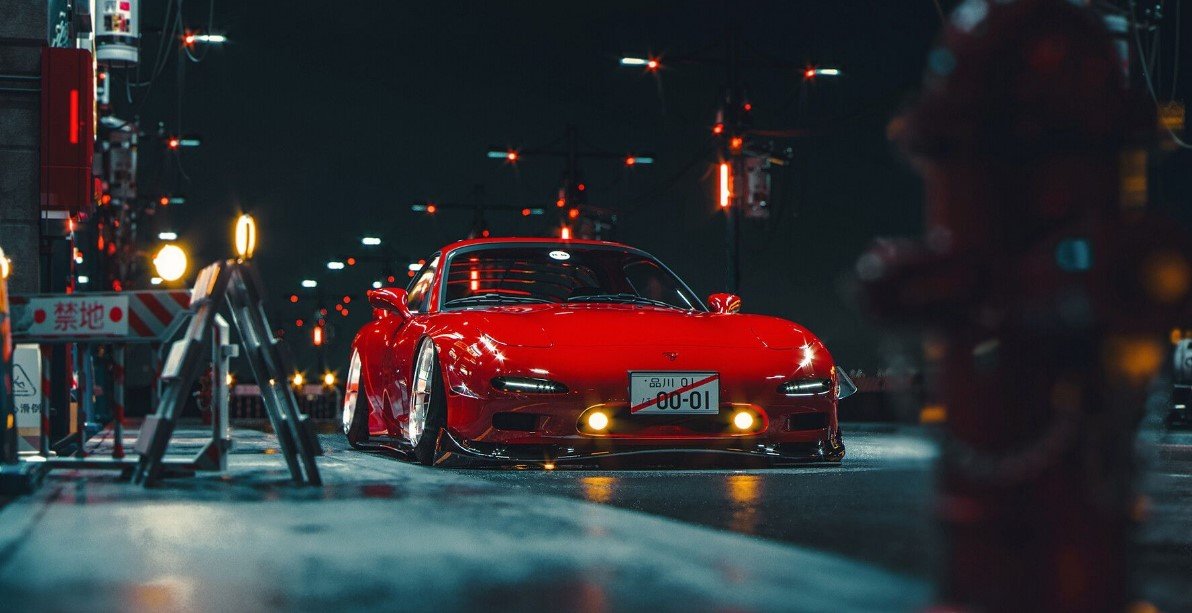“Classic” often describes American muscle cars and vintage Ferraris, but it now applies to Japanese Domestic Market (JDM) vehicles as well. The availability of JDMs is decreasing and their prices are rising, making them a valuable part of the Japanese car market. Let’s discover why JDM cars are a global phenomenon and why they hold so much value worldwide.

The popularity of JDM cars from a certain era has risen in the past decade. JDM cars used to have lower collectible prices compared to European vehicles, but that has changed. In the past, JDMs sometimes received a negative reputation as “ricer” cars, but now the trend has shifted and global interest in JDMs has increased.
JDM refers to vehicles made specifically for the Japanese market, but the term has expanded to include any Japanese car popular among car collectors.
What encouraged this shift in the JDM market?
Performance-oriented
JDM cars shine as both race vehicles and drift cars. In fact, the best JDM vehicles outperform many current performance-oriented cars.
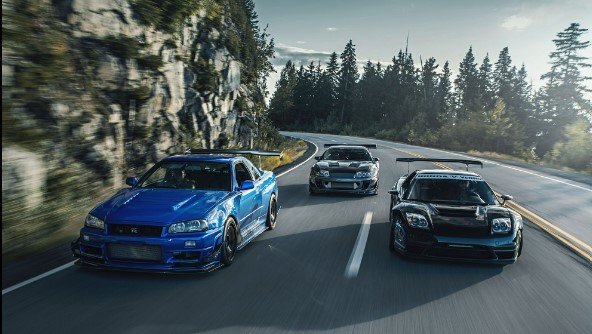
The Japanese made it possible to produce 200 horsepower from a 2-liter petrol engine without a supercharger 30 years ago. These high-performance models are now highly sought after by car enthusiasts.
Built To Last
The popularity of JDM cars stems from their durability and premium features. JDM vehicles often had advanced technology that rivaled German luxury cars.

Today, a new sports SUV will likely need replacing in 20 years. But classic Hondas and Toyotas still dominate the quarter-mile race, to the disappointment of environmentalists.
Pop influence
The recent surge in JDM purchases stems from their distinctive and recognizable appearance. In the original “Fast and Furious” movie, JDM cars stole the show from stars like Paul Walker, Michelle Rodriguez, and Vin Diesel.

The 90s Japanese sports cars have a bold look that attracts attention. These are perfect for those who enjoy the spotlight, though expect the occasional unexpected police stop.
Good investment
People frequently talk about the increasing cost of Japanese sports cars for a reason. JDMs is a rare investment opportunity, not just for car enthusiasts, but also for those seeking future profits.
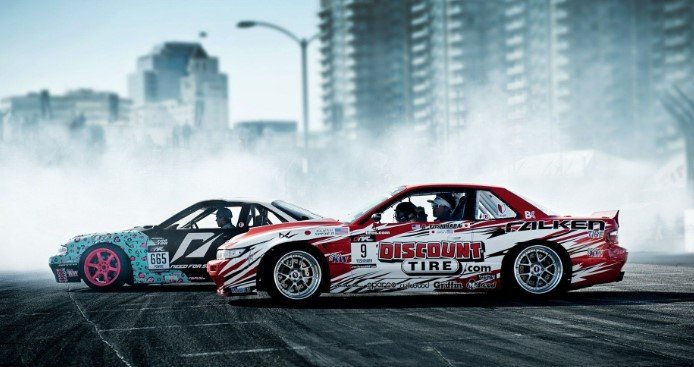
If the owner of a classic JDM obeys traffic laws and doesn’t use it as a race track. They will likely profit when they sell the vehicle.
Freshness
Collectors previously invested heavily in European collectibles, but lately, they have shifted their attention to JDMs. The increase in JDM prices and their stability has made them a good alternative investment.

People consider JDMs a good investment because of their drivability, strong fan base, iconic presence in popular culture, and meticulous engineering.
More options to choose from
The numerous car manufacturers in Japan drive the growth of the automotive industry with their diverse ideologies and methods. They offer a variety of vehicles to suit every need and preference, from compact Kei cars to spacious sedans and wagons.
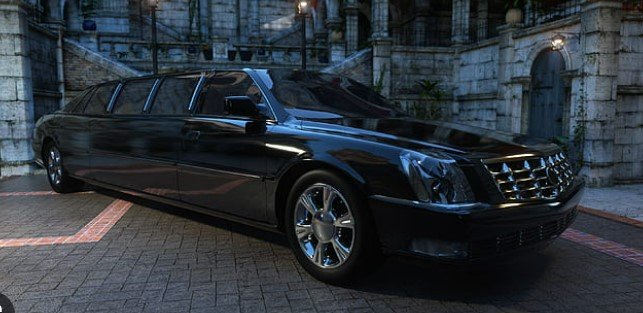

Whether you want a high-revving roadster, a nimble hot hatchback, a luxurious limousine, or a mid-engined supercar, Japan has it all.
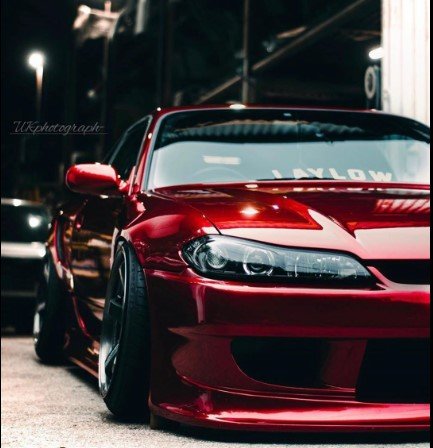

While some JDM models like the Mazda RX7, Nissan GT-R, or Honda NSX have become too expensive for many car enthusiasts. But other models like the Honda Civic, Mazda Miata, Toyota Celica, and Nissan Sylvia have gained global popularity. As for offering an economical way to experience high performance.
These are the reasons why JDM Cars are a Global Phenomenon.






